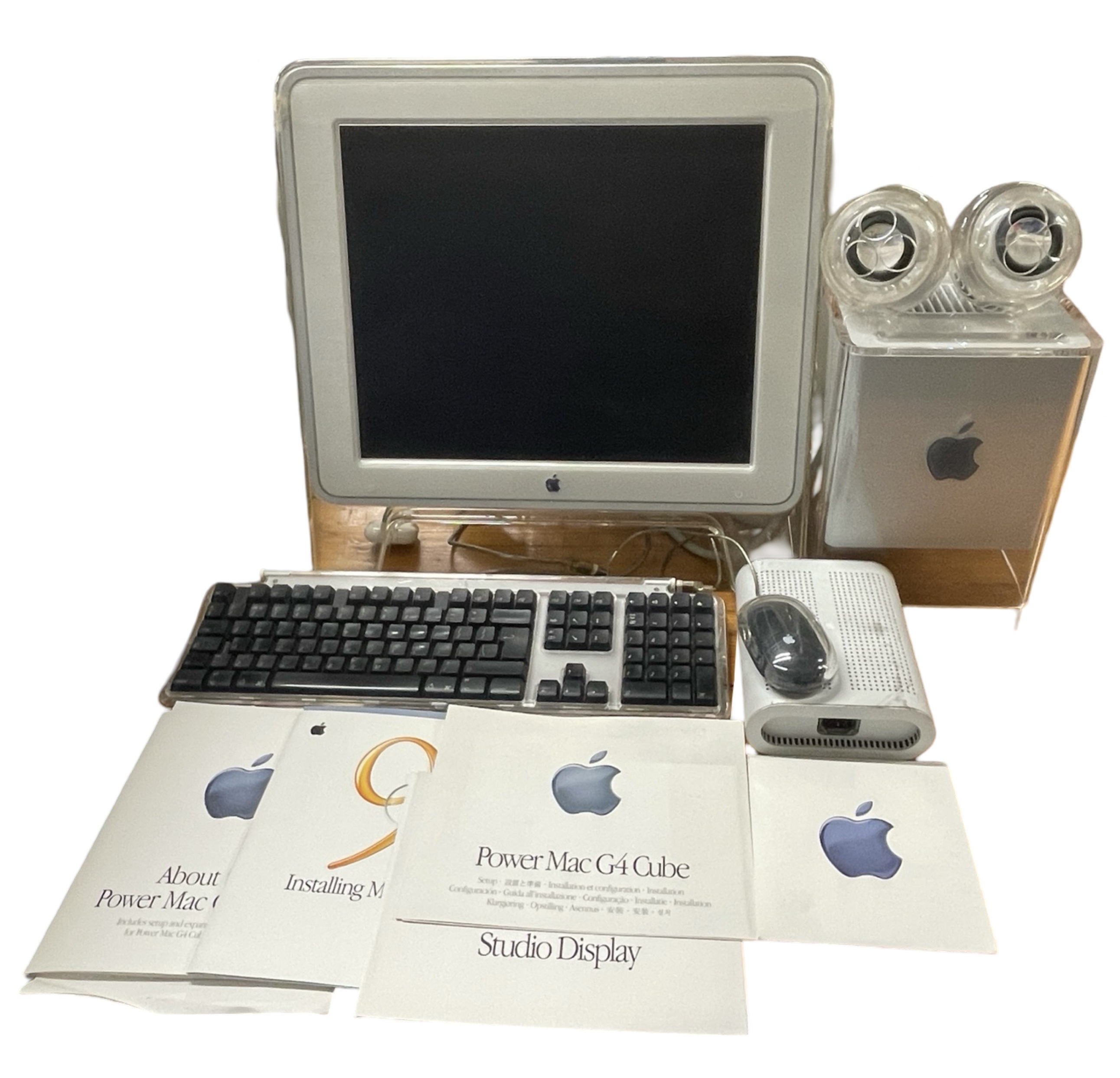

31/08/2024 General News
The pace of technological advance means that for pretty any piece of tech, the latest model will be the most attractive – it will be the fastest, most reliable, most powerful and most feature-driven, writes Emily Ayson.
One firm that has been hugely successful in persuading us that we should be constantly upgrading our tech is Apple. Starting under the leadership of the late Steve Jobs, Apple’s combination of being able to innovate to provide things before people even realised they wanted them, and their powerful brand-building and marketing, means that every time a new iPhone or Mac computer is launched, you can guarantee there will be long queues outside every Apple Store.
One downside of constantly pushing technological boundaries is that hardware very quickly becomes obsolete. A computer which was cutting edge just five years ago probably won’t even run the latest iteration of its own operating system. That expensive piece of kit quickly morphs into a worthless box of components.
Except not in every case. In fact, there is a thriving community of vintage tech collectors, and nowhere is demand higher than for rarer examples of early Apple technology.
Apple’s first computer was the Apple-1, launched in 1976. To finance the manufacturing, designer Steve Wozniak (who also hand-built the computers) sold his valuable HP-65 calculator for $500, and Steve Jobs, sold his beloved Volkswagen camper van.
Just 200 were built, and many were traded in for the more advanced Apple II the following year – there are now only around 60 in existence, and just a third of those are in working order. As a result, these computers are incredibly rare, which is why in 2014, an example sold at auction in New York for a staggering $905,000.
Of course, the first ever Apple computer is a genuine piece of history, and this combined with its extreme rarity elevates it value. But there is also a buoyant demand in the saleroom for perhaps less historically significant Apple hardware.
What motivates people to collect such pieces? Aside from the fact that Apple fans do tend to be obsessively loyal to the brand, there are many reasons why people are prepared to splash out on what is, by any rational assessment, obsolete technology.
Some people simply want to use these old computers, to play vintage games or run old software on the original hardware they were designed for. But many others are motivated by wanting to own a piece of history. We take our technology for granted nowadays, but we shouldn’t forget that in the early days, there were some iconic machines which paved the way for today’s digital world.
Because Apple was really the first company to bring personal computing to consumers, Apple machines span the entire history – almost 50 years – of personal computing. Not only that, design has always been an important consideration for Apple; to their fans, Apple computers are also works of art.
Keys’ quarterly Vintage and Modern Toys, Games, Video Games and Computer Sales often feature early examples of technology, both from Apple and other manufacturers. The fact that there is a definite demand for such vintage tech shows that while the newest, shiniest model will always steal the headlines, there is still life in many of those ‘obsolete’ computers too.